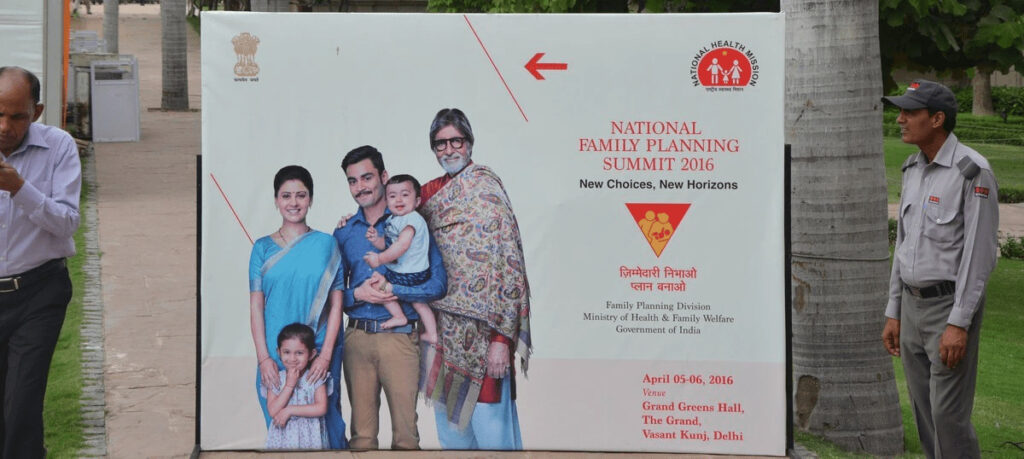When the chief minister of Assam announced on 19th June 2021, that the two-child policy would be soon implemented in the state for availing certain benefits of government schemes, this policy again became debatable in the public forum. The law that was passed in 2017 (Population and Women Empowerment Policy of Assam), is being implemented in 2021, under which no person having more than two children would be eligible for government jobs.

A two-child policy is basically a government policy that tends to put a limit to the number of children a family can have. It also links this with the benefits provided by certain government schemes. Often such policies are adopted in order to control the population in the country and to provide for a fair and equal distribution of resources. It is not just about Indian states, but some nations across the globe have also come up with these kinds of policies in order to control the population of their country.
China has implemented its one-child policy in the 1970s, in order to control the boom in the population growth and also ensure greater economic development and activities. For having this policy being implemented for about more than five decades, China rolled out its two-child policy in 2016. This was perceived as a relief with regard to the previous policy. If we look through the policy discourse in India, population control has been a very pressing issue but not much has been achieved in the same regard.
It was during emergency, during 1970s, that forced sterilization was conducted in order to control the population. Experts say that this was done as a response to the one-child policy implemented in China.

Then during 1980s, the slogan “hum do, humare do” was very famously used to increase awareness among people for family planning, but no coercive measures were used in the same regard. Also, the National Population Policy came in 2000 which aimed at controlling the population by 2045. So, there was no such national policy that was very coercive in nature but the government allowed citizens to plan the size of the family.
Some of the Indian states have already tried to implement a two-child policy but that is only limited to the local body elections. In Andhra Pradesh and Telangana, the 1994 Panchayati Raj Act disqualifies any person having more than two children, from contesting in local body elections. Maharashtra, Gujarat and Rajasthan also have similar kind of laws which disable the people from contesting in the elections.
In the Indian context, there have been repeated efforts made by people in order to move the government and court for implementing a policy that leads to population control but there has been no success so far. In 2018, the Hon’ble Supreme Court of India had declined a petition seeking a mandatory implementation of the two-child norm.
But experts suggest that despite a growing number of people, India does not need a strict two-child policy. The fertility rate in India has dropped from 3.4 children per woman in 1992-93 to 2.2 children per woman in 2015-16 (National Family Health Survey). Also, if the country is doing good without implementing coercive measures then why should one go for them?
It has been also noted that if coercive policies such as two-child policy will be implemented for availing any sort of benefits of all the government schemes, it might lead to female foeticide, sex determination, forced abortion, men deserting and increased divorces. And these social evils already exist in our society, such a policy will lead to worsening of these malpractices. So, even if we will implement the policy with positive objectives, it might lead to some negative consequences. And that would be another set of problems, with which we will have to deal with.

Then comes the question, what alternatives do we have? As observed, we know that the fertility rate of India has dropped without the implementation of coercive measures. We can focus on softer measures such as female education, awareness programs, sex education and ensuring availability of contraceptives to everyone.With the right measures and vision, we can achieve our target of a controlled population growth, without harming anyone’s individual freedom.
Written by- Gargi Singh
Edited by- Krish Sharma
